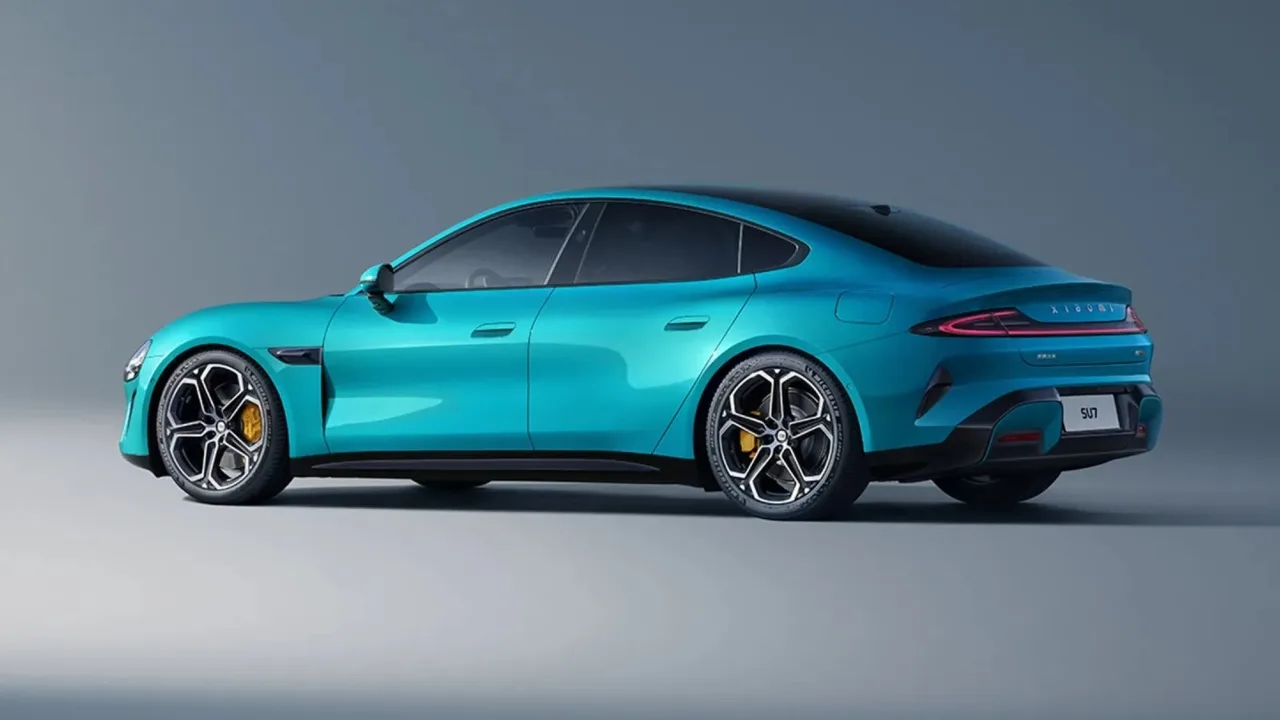Calling all tech and car enthusiasts! Xiaomi, the household name in smartphones, has just made a powerful entrance into the electric vehicle (EV) market with its debut offering, the SU7 sedan. This sleek and innovative car is revving up to be a game-changer, and here’s why you should be excited.
Taking on the Tesla Titan
During a recent launch event, Xiaomi CEO Lei Jun boldly compared the SU7 to the popular Tesla Model 3. This isn’t just marketing talk – the SU7 boasts some seriously impressive specs. It clocks a mind-blowing 0-to-100 kmph acceleration in just 2.78 seconds, leaving most gasoline-powered cars in the dust. And hold on to your hats, because the top speed reaches a thrilling 265 kmph!
Maruti Suzuki Swift 2024: Booking, features, launch date and price
2024 Bajaj Pulsar 125: Powerful bike with powerful updates!
Power Packed Performance
But speed isn’t everything. The SU7 packs a serious punch under the hood (or rather, under the sleek bodywork) with dual motors generating a whopping 637 horsepower and 838 Nm of peak torque. That’s comparable to the mighty Tesla Cybertruck! Xiaomi claims a driving range of 700 to 900 kilometers depending on the model, putting range anxiety to rest for long journeys.
Designed to Impress
Looks are important too, and the SU7 doesn’t disappoint. This generously sized sedan, measuring nearly five meters long and two meters wide, boasts a captivating low stance and a drag coefficient of 0.195 for optimal aerodynamics. Imagine gliding down the road in this beauty, choosing from a palette of nine stunning colors. The sleek design is further accentuated by the futuristic water drop headlights, halo tail lights, and an active rear spoiler that adds a touch of sporty flair.
Tech on Wheels
Xiaomi is renowned for its cutting-edge technology, and the SU7 is no exception. Powered by Xiaomi’s very own Hyper OS, the car seamlessly integrates with your existing Xiaomi devices, creating a truly connected driving experience. Step inside the luxurious wraparound cockpit and be greeted by multiple high-resolution screens that display everything you need, from navigation to entertainment. Advanced driver-assistance features like lane departure warning and automatic emergency braking ensure a safe and comfortable ride.
Made for the Discerning Driver
Xiaomi has crafted the SU7 with different budgets in mind. The base model starts at a competitive price of 215,900 Chinese Yuans (approximately Rs 24,90,413) and offers a 73.6 kWh battery with a range of 700 kilometers. Looking for even more range? The SU7 Pro boasts a 94.3 kWh battery with an 830-kilometer range for a price of 245,900 yuan (about Rs 28,36,464). The top-of-the-line SU7 Max boasts a massive 101 kWh battery that delivers a near-unbelievable range of 900 kilometers, all for a starting price of 299,900 yuan (approximately Rs 34,59,356).
A Strategic Move for Xiaomi
Analysts believe Xiaomi’s foray into the premium EV market is a strategic move to challenge established brands like Tesla and Nio. Leveraging its massive user base from the smartphone market, Xiaomi aims to attract affluent Indian consumers seeking a luxurious electric car with all the technological bells and whistles.
The Future of Electric Driving
The launch of the SU7 signifies a significant shift in the Indian EV landscape. With its impressive performance, cutting-edge technology, and stylish design, the SU7 has the potential to disrupt the market and pave the way for a new era of electric driving in India. So, buckle up and get ready for the electrifying ride that the Xiaomi SU7 promises!




